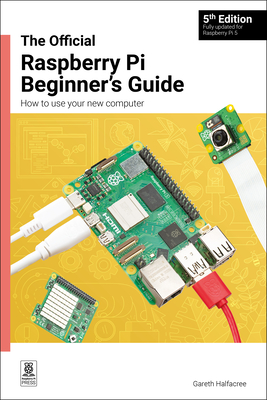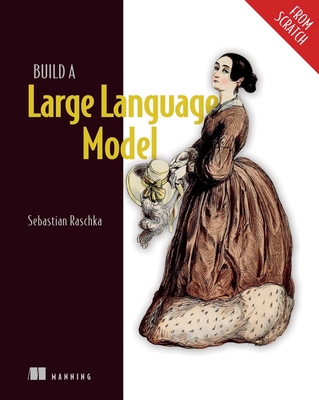XML Programming using C# Training in Koblenz, Germany
|
We offer private customized training for groups of 3 or more attendees.
|
||
Course Description |
||
| The course includes extensive programming examples, a progressively developed case study, and several tools for manipulating XML documents. All source code is in C# and is provided with the course. The main lab track uses console and Windows Forms client programs, and an optional Web lab track is available that provides ASP.NET client programs.
Course Length: 4 Days
Course Tuition: $1590 (US) |
||
Prerequisites |
|
| Ability to read and to write well-formed XML. A working knowledge of programming the .NET Framework using C#. A working knowledge of ADO.NET is recommended for the portion of the course dealing with ADO.NET and XML. | |
Course Outline |
|
NET Framework XML Overview
Reading XML Streams in .NET
Validating XML Streams
Writing XML Streams in .NET
The Document Object Model in .NET
Manipulating XML Information with the DOM
Using XML Schema
XML and ADO.NET
XPath
Introduction to XSLT
XML Performance Tradeoffs Appendix A - Zenith Courseware Case Study |
Course Directory [training on all levels]
- .NET Classes
- Agile/Scrum Classes
- AI Classes
- Ajax Classes
- Android and iPhone Programming Classes
- Azure Classes
- Blaze Advisor Classes
- C Programming Classes
- C# Programming Classes
- C++ Programming Classes
- Cisco Classes
- Cloud Classes
- CompTIA Classes
- Crystal Reports Classes
- Data Classes
- Design Patterns Classes
- DevOps Classes
- Foundations of Web Design & Web Authoring Classes
- Git, Jira, Wicket, Gradle, Tableau Classes
- IBM Classes
- Java Programming Classes
- JBoss Administration Classes
- JUnit, TDD, CPTC, Web Penetration Classes
- Linux Unix Classes
- Machine Learning Classes
- Microsoft Classes
- Microsoft Development Classes
- Microsoft SQL Server Classes
- Microsoft Team Foundation Server Classes
- Microsoft Windows Server Classes
- Oracle, MySQL, Cassandra, Hadoop Database Classes
- Perl Programming Classes
- Python Programming Classes
- Ruby Programming Classes
- SAS Classes
- Security Classes
- SharePoint Classes
- SOA Classes
- Tcl, Awk, Bash, Shell Classes
- UML Classes
- VMWare Classes
- Web Development Classes
- Web Services Classes
- Weblogic Administration Classes
- XML Classes
- RED HAT ENTERPRISE LINUX SYSTEMS ADMIN II
8 December, 2025 - 11 December, 2025 - Python for Scientists
8 December, 2025 - 12 December, 2025 - ASP.NET Core MVC (VS2022)
24 November, 2025 - 25 November, 2025 - Object-Oriented Programming in C# Rev. 6.1
17 November, 2025 - 21 November, 2025 - RHCSA EXAM PREP
17 November, 2025 - 21 November, 2025 - See our complete public course listing






